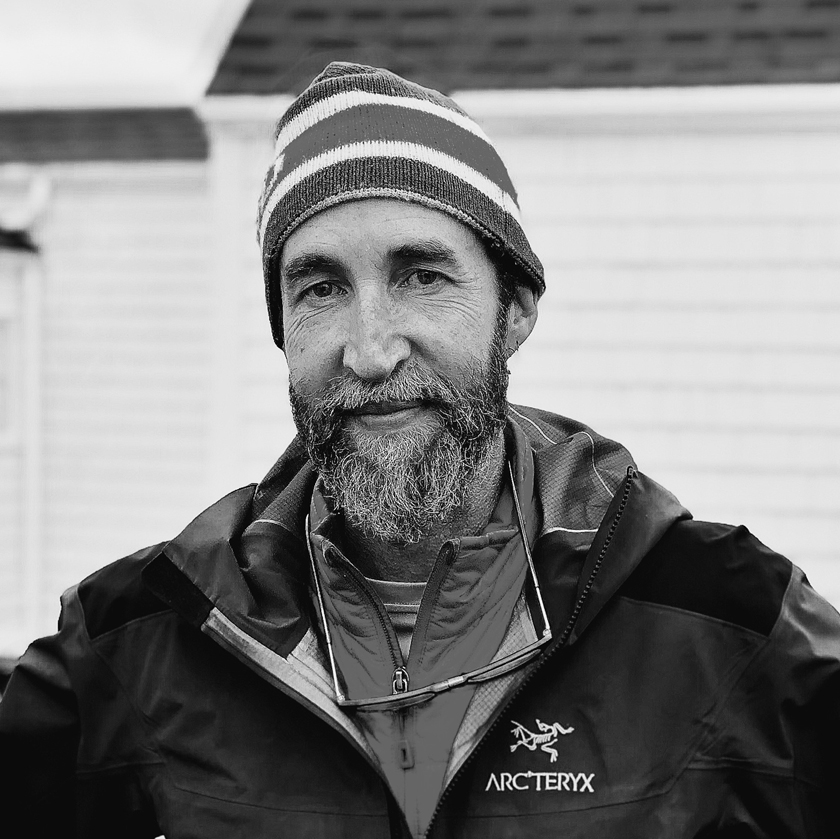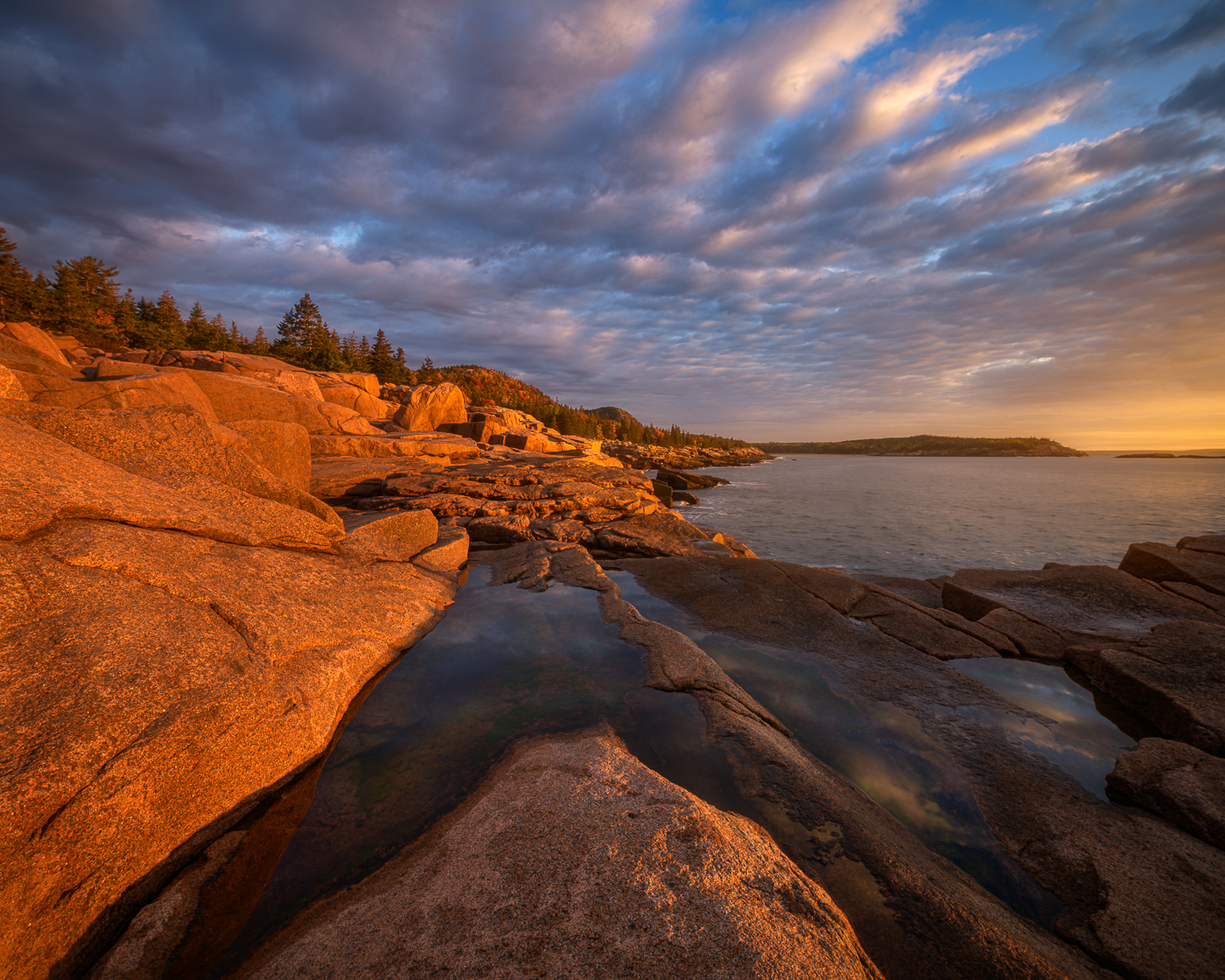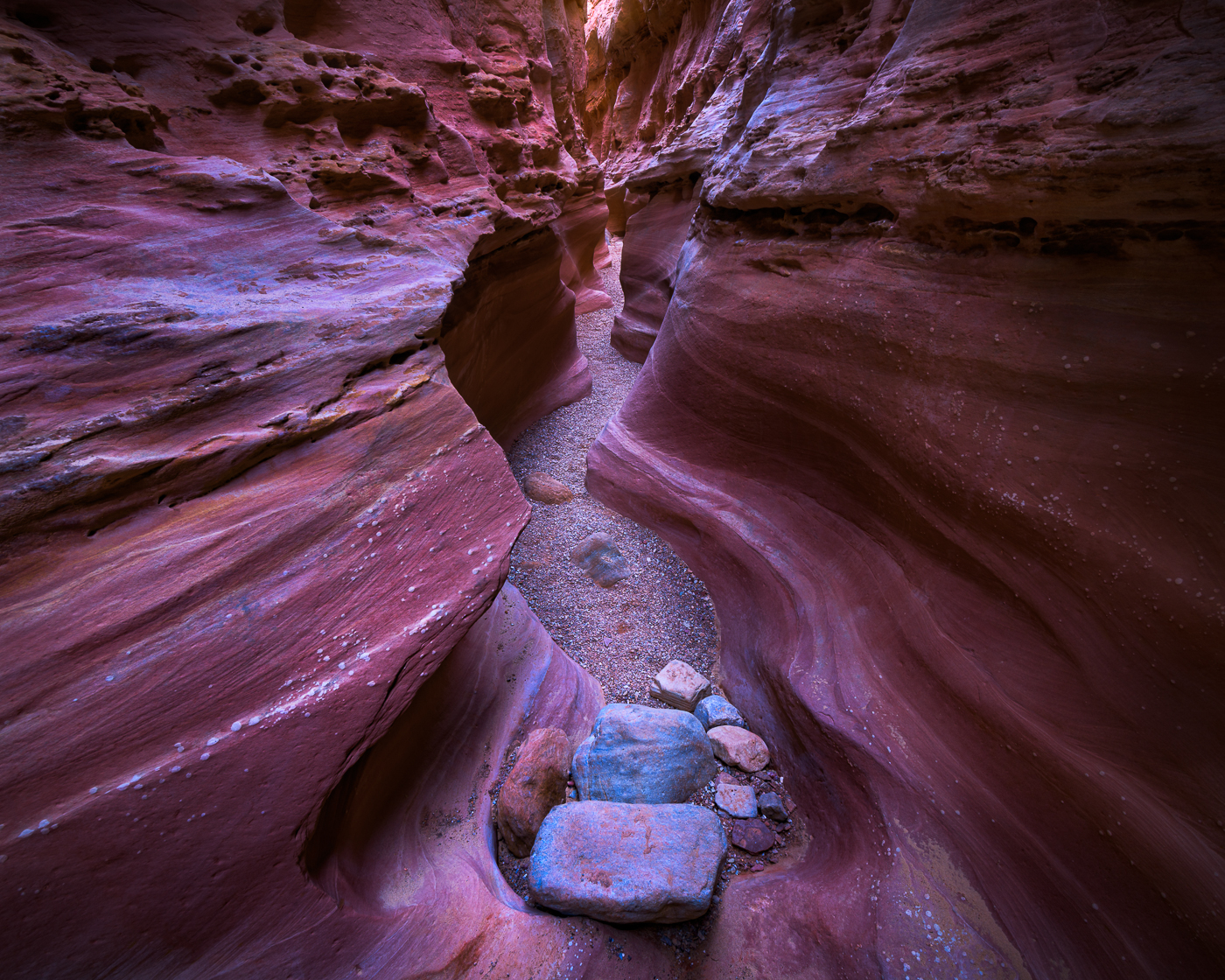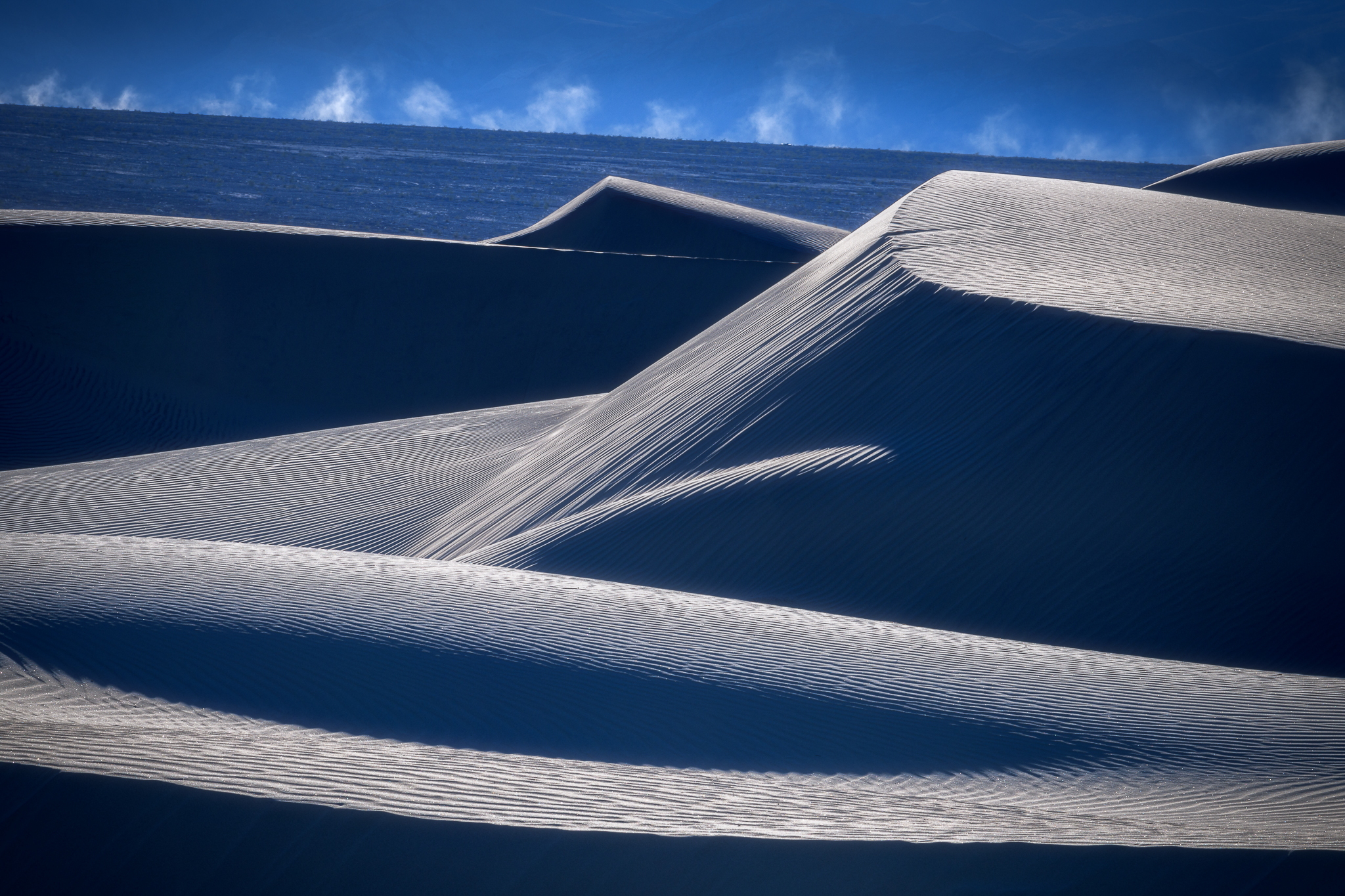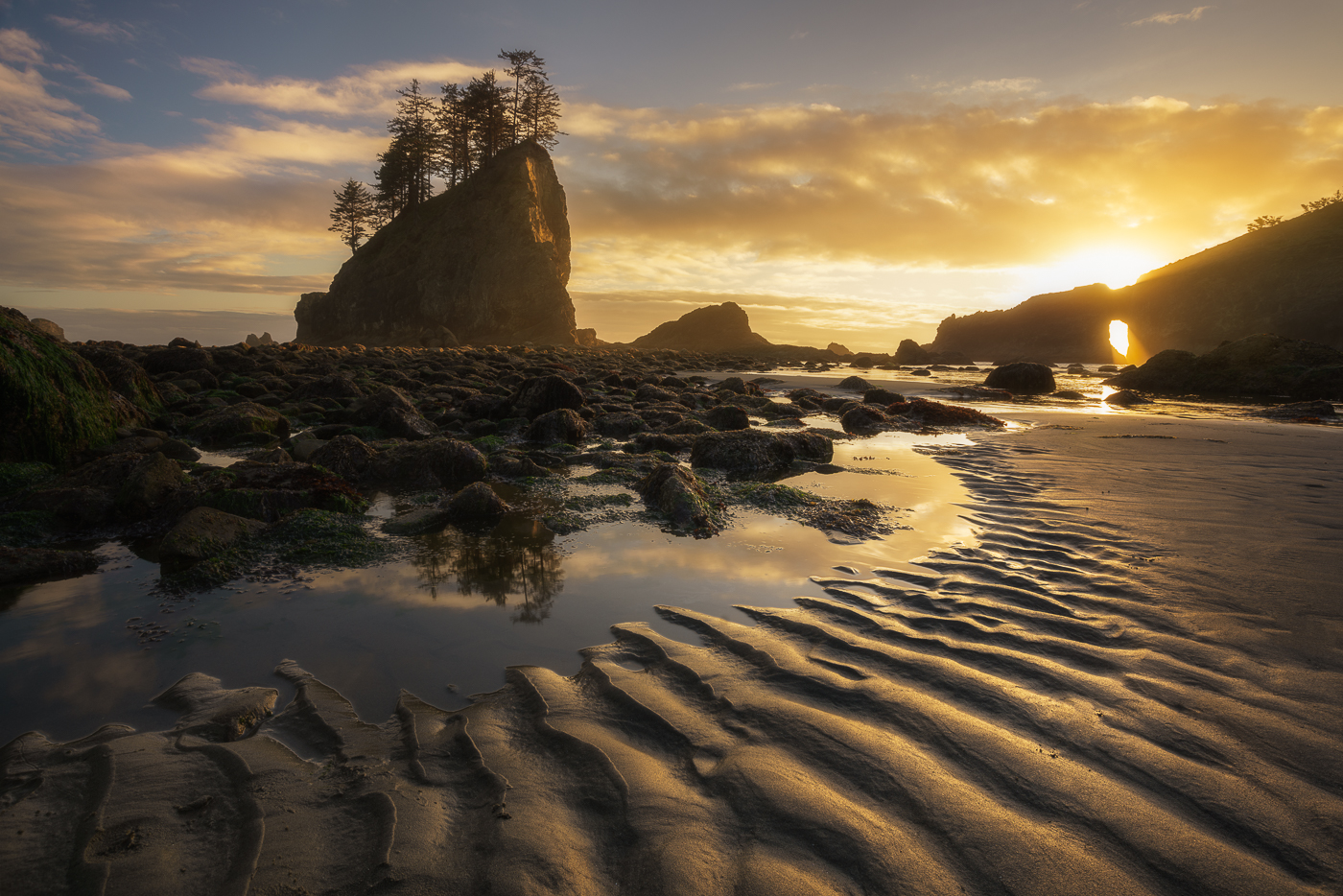Then photograph differently! I don’t mean to be glib, but it’s really true. We’ve all no doubt heard the famous Albert Einstein quote about the definition of insanity: something like doing the same thing over and over the same way and expecting a different result… Simply put, if you desire a different result from your photographic exploits, whatever they may be, then you need to photograph differently. Simply going out to photograph the same things in the same way under the same light is, you guessed it, going to produce the same result.
There is a profusion of imagery in this new digital world, much of it garbage, some of it really good and a bit that is truly “unique.” I see so much imagery these days that is basically a regurgitation of the same thing over and over. A popular topic on many of the blogs and social media posts these days is “finding your vision” or “differentiating your work,” or my favorite “finding your voice (I have been known to break out in song when the light is kickin’ but I don’t think that’s what they mean).” Call it whatever you want but the basic concept that many of us struggle with is finding ways to make our images unique.
Much of the discussion around finding your “voice” or developing a “style” is fairly abstract and not easily assimilated into our every day pursuit of making images, especially for the new or developing photographer that is still trying to get their head around concepts like dynamic range and depth of field. Despite what my 6 year old daughter thinks, I’m not much of an abstract thinker. I like concrete tips, strategies and actions for accomplishing my goals. So in that spirit here are 10 strategies that you can try today that will go a long way toward making your images unique.
1) Stay away from the icons! I know, I know you really want to experience and photograph Otter Cliffs in Acadia, Tunnel View in Yosemite or Mesa Arch in Canyonlands, and you should. But don’t expect to be alone when you’re there or come home with a unique photograph. By all means go shoot that stuff, they’re beautiful places and have become iconic for a reason. But once you’ve gotten that out of your system, slow down, get off the beaten path, away from the crowd and explore. Find a quiet part of the park and go for a hike, sit quietly by a river or stream and work intimate details with your camera. Find a local or state park in the vicinity of the big National Park. Chances are the habitat, geology and light are similar to its bigger brother and you’ll have the place to yourself. Once there try one of the remaining strategies on this list.

“Golden Washer Woman,” Canyonlands Nationa Park, UT, Sony A7R, 200mm, f11 @ 1/125 sec. ISO 100
2) Pick one focal length for the day. If you’ve got prime lenses pick one to use for the entire day. No primes? Then set your zoom at one focal length and keep it there for all your shots. The world looks very different when you’re viewing it at 200mm all day long. This exercise will force you to see the world differently and get you moving around playing with new perspectives, especially if you can’t zoom.
3) Speaking of moving around, MOVE AROUND. This one will force you to really work your subject. Pick a subject and shoot it from whatever angle strikes your fancy. Now move to a new location (not just 2 steps to one side or the other) and take another shot of the same subject. In fact, do that again, and again until you’ve taken 10-20 images of that one subject. Once you get home choose your top 5 from the sequence and I bet the first one you shot isn’t included.
4) Spend a day photographing contrasts. This can be a great way to add spice to your photographic life. Instead of heading out to shoot epic sunset light on the landscape try focusing on contrasts and making that the main subject of your image. For example, you could look for contrasting tones or colors in a scene like light vs. dark or perhaps conceptual contrasts like new vs. old or hard vs. soft. The skies the limit, in fact you may even find some contrasts there too.
5) Get low. For this exercise try photographing everything from an elevation no higher than 3 feet. It’s easy to get into a rut photographing everything from eye level, after all it’s much more comfortable. But challenging yourself to find low perspectives will no doubt super charge your creativity. Your back and knees may not like the change but your portfolio will thank you.
Take the image featured below, by getting really low and shooting up at the steeple of this often photographed church in rural Vermont I was able to create some strong diagonal lines that pull the viewer’s eye up and through the frame adding depth to the scene. The low angle perspective also helped to simplify the composition by isolating the church against a dramatic sky, eliminating the clutter of other buildings and power lines.
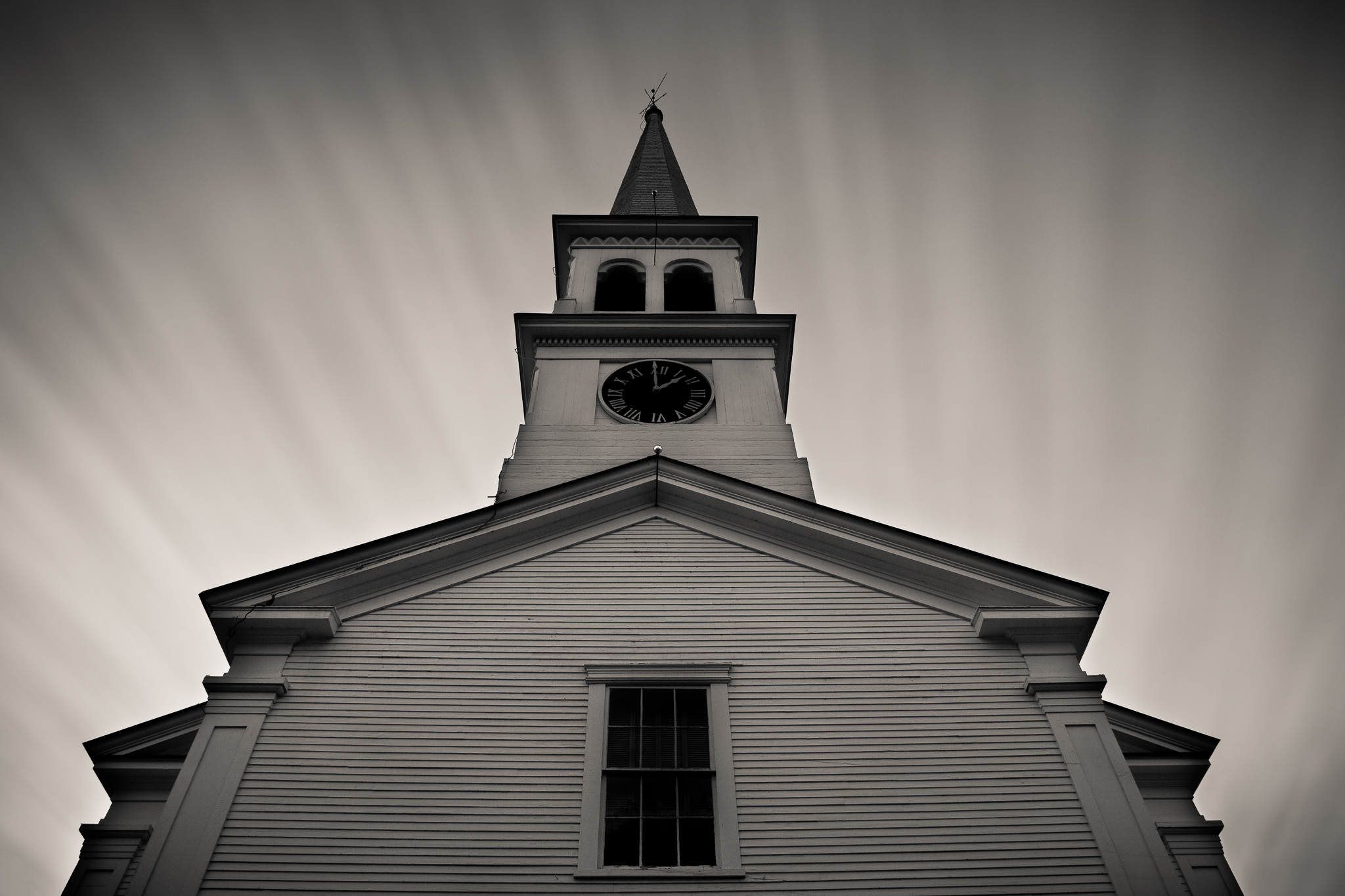
“Dark and Stormy,” Peacham, Vermont, Canon 5D II, 24mm, f16 @ 71 sec., polarizer used to lengthen exposure time
So try these 5 tips if you’ve been struggling to find ways to create unique and different images. I’ll finish the list with the remaining 5 strategies in my next post so stay tuned.

